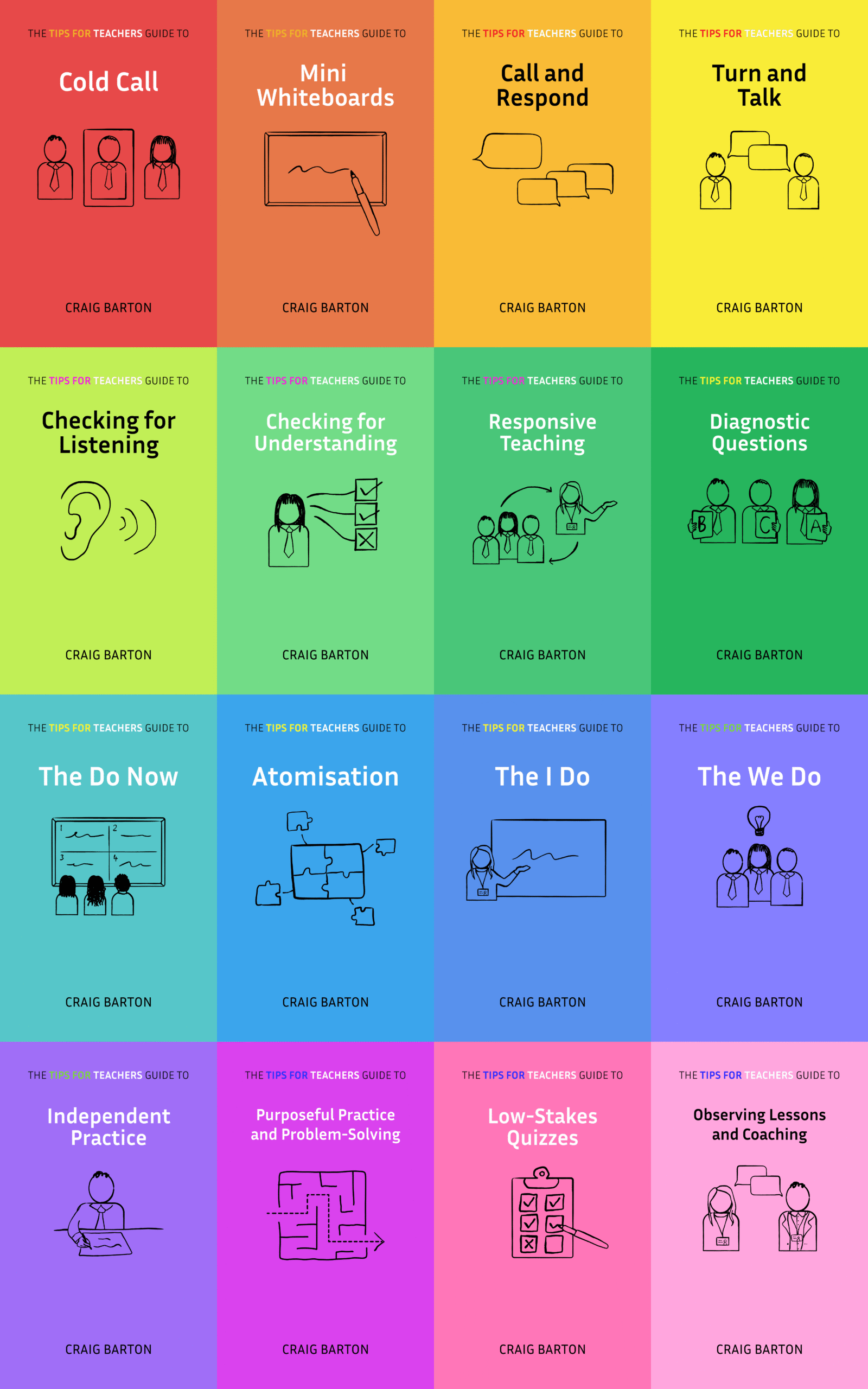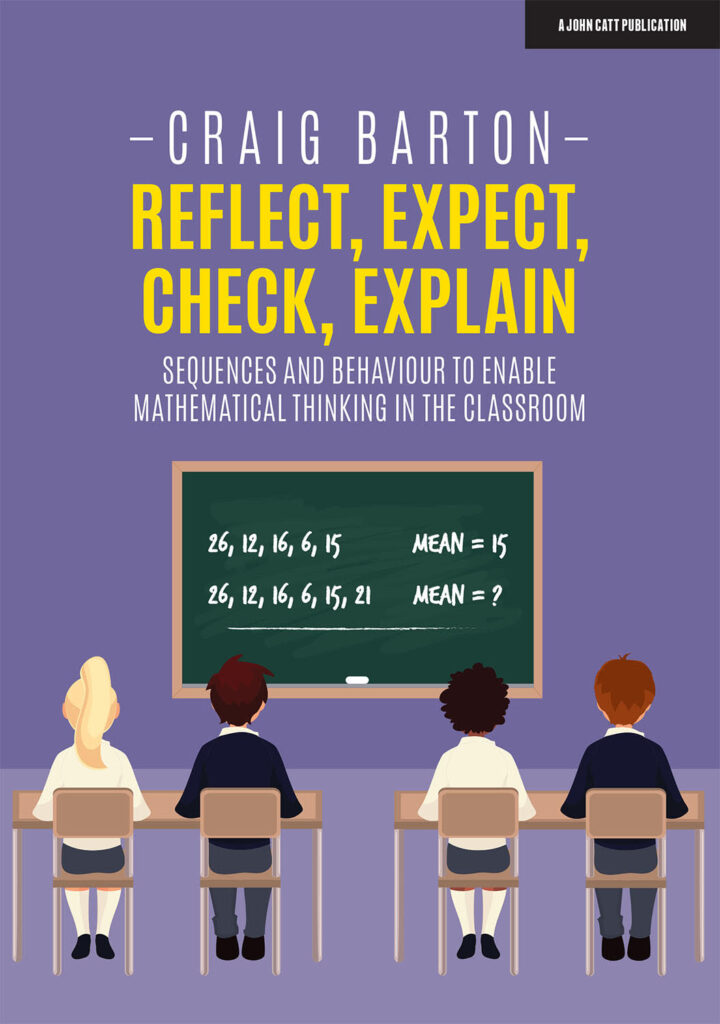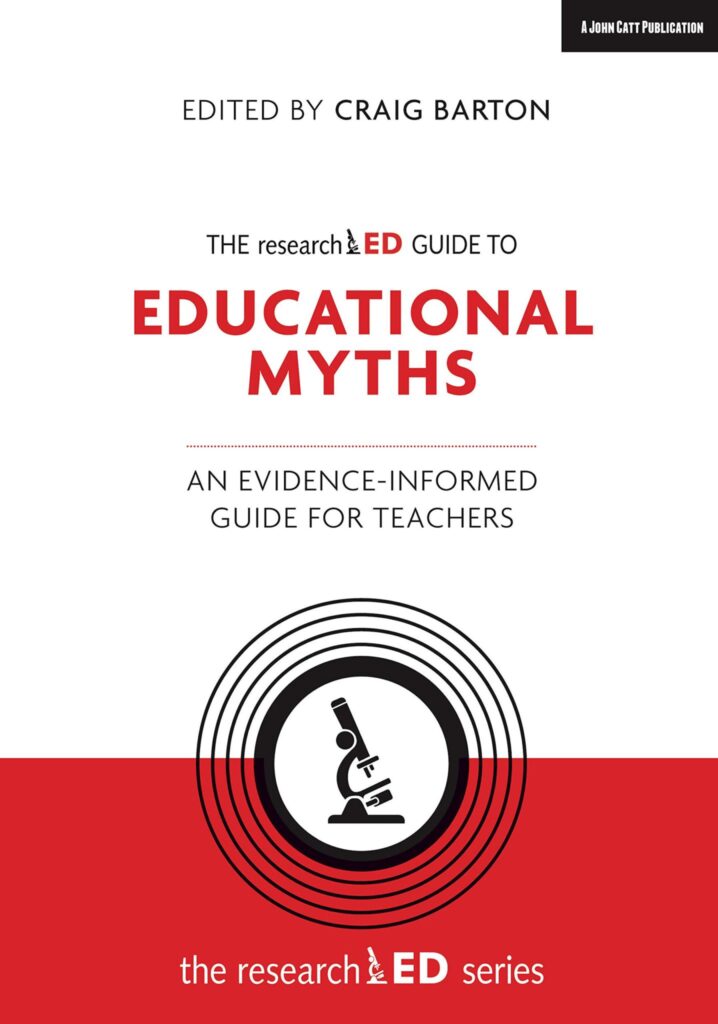
- Title: The influence of seductive details in learning environments with low and high extrinsic motivation
- Authors: Lukas Wesenberg, Sebastian Jansen, Felix Krieglstein, Sascha Schneider, Günter Daniel Rey
- Access the original paper here
- Listen to a deep-dive podcast:
Paper summary
This research explores the impact of “seductive details”—interesting but irrelevant additions to learning materials—on student learning outcomes. Two studies examined how the presence of seductive details affected learning performance under conditions of high and low extrinsic motivation. Results indicated that seductive details hindered learning when students were highly extrinsically motivated but either had no effect or even improved learning when extrinsic motivation was low. This suggests a trade-off between the motivational benefits and cognitive costs of seductive details, dependent on pre-existing learner motivation. The studies also investigated the mediating role of interest and cognitive load.
What are the key implications for teachers in the classroom?
The sources describe research about “seductive details” (SDs), which are interesting but irrelevant pieces of information added to learning materials. The studies found that external regulation, or the degree to which students feel pressured to engage with learning material, significantly impacts the effect of SDs on learning.
Here are some key implications for teachers in the classroom, based on the sources:
- In lessons where students already feel obligated to pay attention, such as mandatory classes with grades, teachers should avoid using SDs. In these cases, SDs tend to have a negative impact on learning, likely because they increase cognitive load without providing enough of a motivational boost to compensate.
- In lessons where students have more freedom to choose how they engage with the material, such as voluntary activities or self-directed learning, teachers might consider using SDs. In these cases, the motivational benefits of SDs, such as increased interest and engagement, may outweigh their cognitive costs. However, the research suggests that this effect is limited, and further study is needed to confirm its robustness.
- Teachers should be mindful that external regulation is a spectrum and can vary between students and situations. What one student perceives as mandatory, another might see as voluntary. Therefore, teachers should assess the level of external regulation in their classroom and adjust their use of SDs accordingly.
- When using SDs in environments with low external regulation, teachers should carefully choose those that are most likely to spark interest and curiosity, without being overly distracting. This might involve experimenting with different types of SDs and observing student responses.
- While SDs can be a tool for engagement, teachers should explore other methods to make learning interesting and engaging, such as incorporating multimedia elements, using emotional design principles, or connecting the material to students’ lives.
The sources acknowledge that more research is needed on the effects of SDs in voluntary learning environments. They also highlight the importance of understanding that external regulation is subjective and can be influenced by various factors. Therefore, teachers should use their professional judgment and knowledge of their students to make informed decisions about using SDs in their classrooms.
Quote
The results emphasize that the inclusion of seductive details should not be seen as unfavorable per se but as a trade-off between motivational advantages and cognitive disadvantages. Hence, whether seductive details impede or promote learning considerably depends on how much learners are motivated beforehand.








